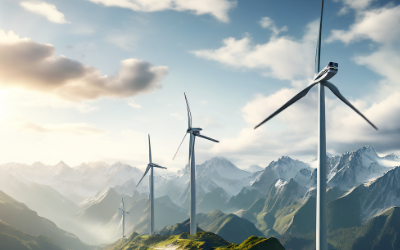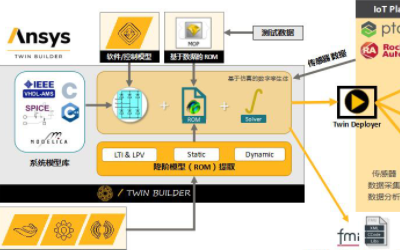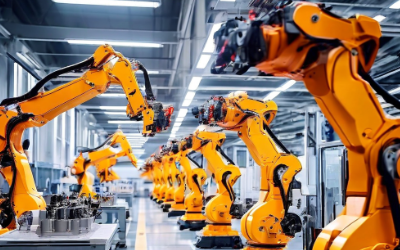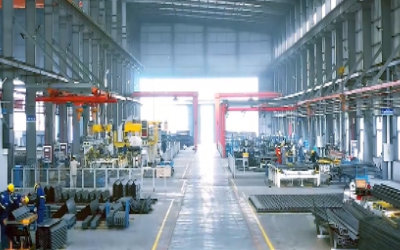Nation's reactor technology making headway in overseas market
China should further expand investment and financing channels to promote the export of nuclear power projects and technology and devise more preferential policies to facilitate a larger role for its nuclear power technology on the global stage, said a political adviser on the sidelines of the two sessions in Beijing.
The government should further increase fiscal, financial and insurance policy support for the country's nuclear projects, as the emissions-free energy resource has been developing by leaps and bounds in recent years, said Han Yongjiang, president of Tsinghua Tongfang Co Ltd, a subsidiary of China National Nuclear Corp.
Products and services related to research and development, design and construction, equipment manufacturing, operational management and technical practices are all now ready to be exported, covering the whole industrial chain, said Han, who is also a member of the 14th National Committee of the Chinese People's Political Consultative Conference.
Han said China has exported 15 nuclear power units and research facilities worldwide so far. The K2 unit at the Karachi Nuclear Power Plant in Pakistan, the first overseas nuclear power unit to use a Hualong One reactor — China's third-generation nuclear power technology with full proprietary intellectual property rights — started operating in the South Asian nation in May 2021, while CNNC also signed an agreement with a company in Argentina to establish a nuclear power station using Hualong One technology in 2022.
In December 2021, the world's first industrial-scale demonstration plant for a high-temperature gas-cooled facility with a pebble bed modular reactor — the No 1 reactor of the Shidaowan nuclear power plant in Shandong province — was connected to the grid and put into operation, making China one of the few countries to master the fourth generation nuclear power technology, he added.
The report on the implementation of the 2022 plan for national economic and social development and also the 2023 draft plan for national economic and social development both vow to proactively develop nuclear power in a safe and orderly way.
As China has been developing nuclear power, together with other green energies, it is quite likely that its nuclear technology will further benefit more countries worldwide, said Luo Zuoxian, head of intelligence and research at the Sinopec Economics and Development Research Institute.
Small modular reactors for example, which are capable of producing electricity of up to 300 megawatts per module and can meet demand for flexible power generation for a wider range of users and applications, are likely to benefit countries and regions participating in the Belt and Road Initiative, as well as nations in the Middle East, including Saudi Arabia and the United Arab Emirates, he said.
Linglong One, the world's first commercial onshore small modular reactor demonstration project, began installation of its nuclear unit at Changjiang nuclear power plant in South China's Hainan province on Nov 30, according to its developer China National Nuclear Corp.
Han said international cooperation in nuclear energy is also an important tool to enhance global influence. As the Regional Comprehensive Economic Partnership agreement came into force in January 2022 and the Belt and Road Initiative has been making steady progress, China's nuclear power technology will further benefit more countries and regions worldwide.
China urgently needs to strengthen top-level coordination to promote nuclear energy's "going global" as a national strategy, he added.
Xin Feng, chairman of China Nuclear Energy Industry Corp, who is also a member of the 14th National Committee of the Chinese People's Political Consultative Conference, said the government should also step up efforts in geological work related to uranium, the primary fuel for nuclear reactors, to ensure sufficient steady development of nuclear power in the country.
China should improve domestic exploration and development of uranium resources and resource reserves as soon as possible, while making efforts to increase financial support for domestic uranium exploration and boost investment in basic geological work related to uranium ore, he said.








